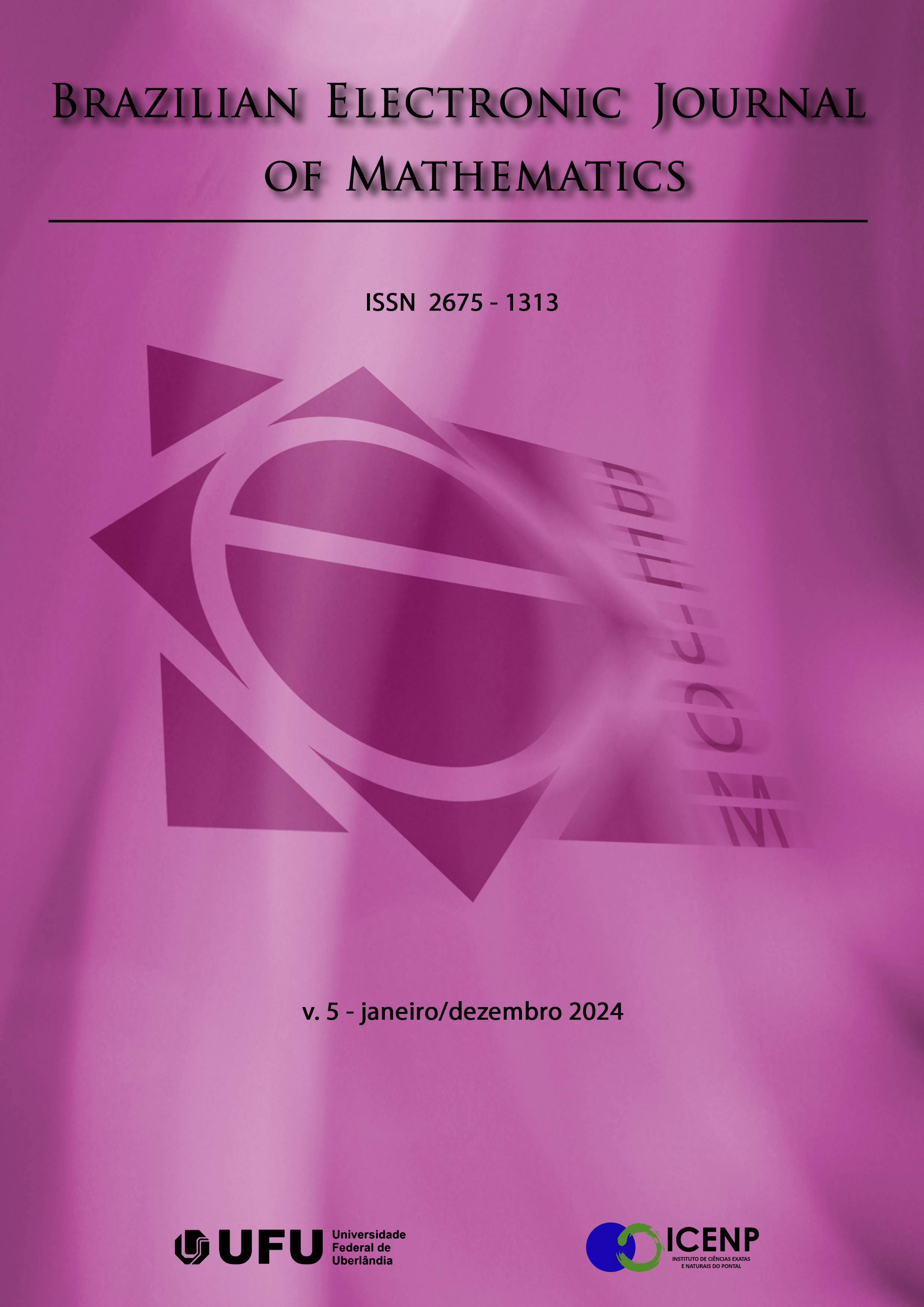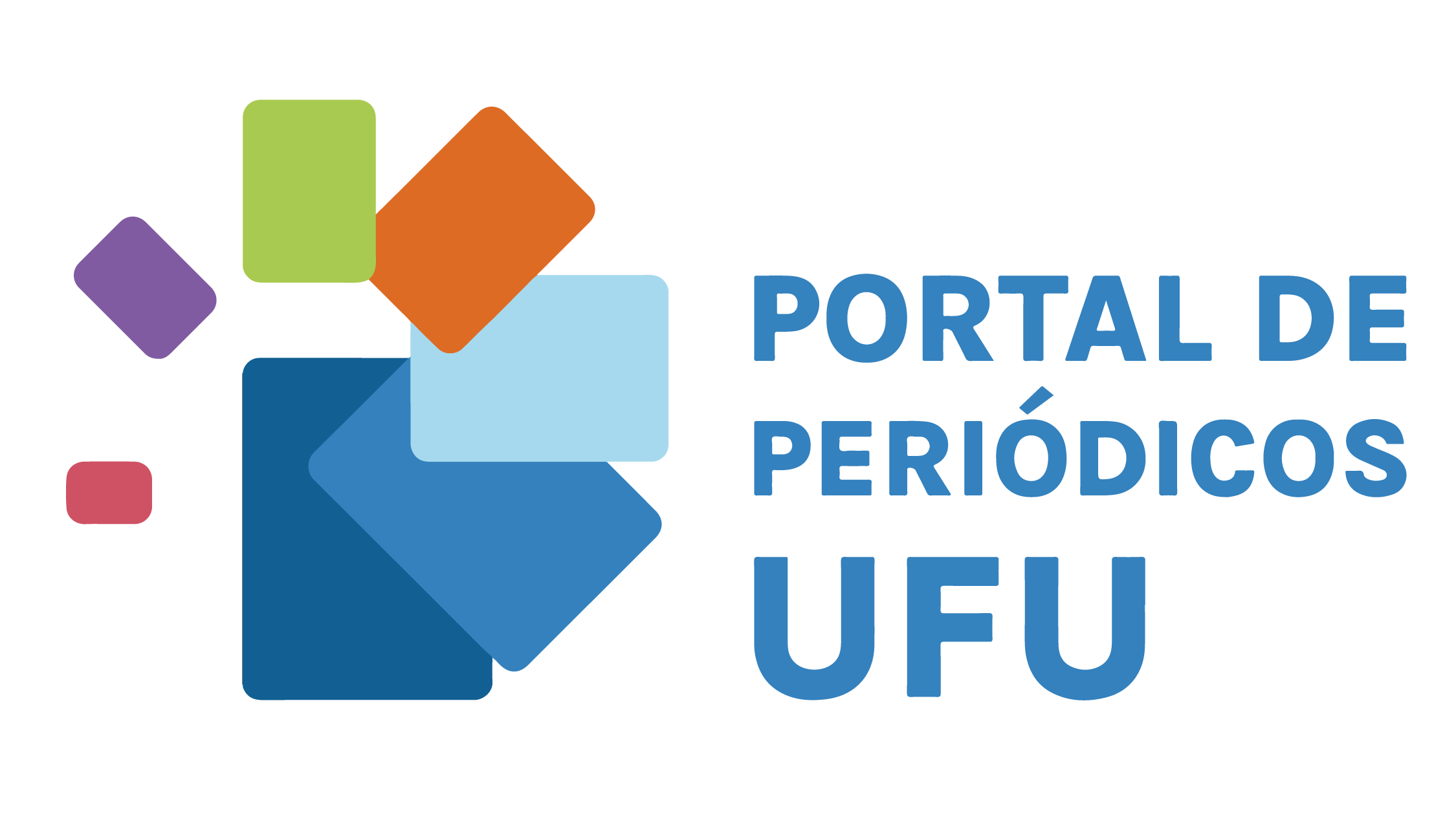Modelización y simulaciones de dispersión de contaminantes en Lagoa dos Patos
DOI:
https://doi.org/10.14393/BEJOM-v5-2024-72489Palabras clave:
Ecuación de advección-difusión, método de diferencias finitas, Lago del Patos, contaminantesResumen
La supervivencia de la vida en el planeta Tierra depende de recursos naturales esenciales, como el agua. El crecimiento de la industrialización y la urbanización ha tenido un impacto importante en los ecosistemas y la biodiversidad, que, al igual que las personas, necesitan cuerpos de agua. Este artículo presenta un estudio sobre la dispersión de contaminantes en ambientes acuáticos, utilizando modelos matemáticos y simulaciones por computadora. El modelo utilizado se construyó a partir de la ecuación de difusión-advección, ecuación que trata tanto del movimiento como de la dispersión del contaminante. Las soluciones numéricas se obtuvieron mediante la implementación computacional del método de diferencias finitas, en lenguaje Python. Para aplicar el modelo propuesto, se eligió como dominio la Lagoa dos Patos, la laguna más grande de Brasil, ubicada en la región sur del país. Las simulaciones presentadas en este trabajo buscaron principalmente explorar diferentes situaciones y, para ello, se crearon algunos escenarios, considerando diferentes valores para el coeficiente de difusión y el régimen de viento. Los resultados permitieron observar cómo se comporta el contaminante en la laguna, explicando su movimiento, dispersión y tasa de
concentración en el tiempo. Una vez obtenidos resultados como estos, es posible desarrollar estrategias para contener y limpiar el contaminante, contribuyendo a minimizar los daños causados al medio acuático.
Descargas
Referencias
BASSANEZI, R. C. Ensino-aprendizagem com modelagem matemática. 3. ed. São Paulo: Editora Contexto, 2002.
CASTELÃO, R. M.; MÖLLER JR, O. O. Sobre a circulação tridimensional forçada por ventos na Lagoa dos Patos. Atlântica, Rio Grande, v. 25, n. 2, p. 91-106, 2003.
DELANEY, P. J. V. Fisiografia e geologia de superfície da planície costeira do Rio Grande do Sul. Tese (Doutorado) - Universidade de São Paulo, São Paulo, 1962.
DINIZ, G. L. Dispersão de poluentes num sistema ar-água: modelagem, aproximações e aplicações. Tese (Doutorado) - Faculdade de Engenharia Elétrica e de Computação, Universidade Estadual de Campinas, Campinas, 2003.
GUACA, D. C.; SILVA, J.F. R.; MEYER J. F. C. A. Método de Diferenças Finitas para a modelagem e simulação da dispersão de poluentes em meios aquáticos. Biomatemática, v. 25, p. 45-58, 2015.
INFORZATO, N. F. Dispersão de poluentes num sistema ar-água: modelagem matemática, aproximação numérica e simulação computacional. Tese (Doutorado em matemática aplicada) - Instituto de Matemática, Estatística e Computação Cientifíca, Universidade Estadual de Campinas, Campinas, 2008.
ALIKOSKI, D. C.; VASCONCELLOS, M. Estudo das condições técnicas, econômicas e ambientais da pesca de pequena escala no estuário da Lagoa dos Patos, Brasil: uma metodologia de avaliação. FAO, Circular de Pesca e Aquicultura, n.1075, p. 200, 2013.
LEVEQUE, R. J. Finite difference methods for ordinary and partial differential equations. Philadelphia: SIAM, 2007.
MARCHUK, G. I. Mathematical models in environmental problems. Studies in Mathematical and its Applications, Vol. 16. North-Holland, Amsterdan: The Netherlands, 1986.
MÖLLER JR, O. O; CASTAING, P.; SALOMON, J. C.; LAZURE, P. The Influence of Local and Non-Local Forcing Effects on the Subtidal Circulation of Patos Lagoon. Estuaries, v. 24, n.2, p. 297-311, apr. 2001.
OLIVEIRA, R. F. O comportamento evolutivo de uma mancha de óleo na Baía de Ilha Grande, RJ: modelagem, análise numérica e simulações. Tese (Doutorado em Matemática Aplicada) - Instituto de Matemática, Estatística e Computação Científica, Universidade Estadual de Campinas, Campinas, 2003.
RUGGIERO, M. A. G.; LOPES, V. L. R. Cálculo numérico: aspectos teóricos e computacionais. 2. ed. São Paulo: Pearson, 1996.
SANTOS, E. Movimentação de água salobra na Laguna dos Patos/RS mediante a utilização de imagens modis. Dissteração (Mestrado em Manejo e Conservação do Solo e da Água) - Programa de pós-graduação em manejo e conservação do solo e da água, Universidade Federal de Pelotas, Pelotas, 2018.
THOMAS, J. W. Numerical Partial Differential Equations: Finite Difference Methods. New York: Springer-Verlag, 1995.
Descargas
Publicado
Número
Sección
Licencia
Derechos de autor 2024 Ludmila Vitória Ribeiro Rocumba, Graciele Paraguaia Silveira

Esta obra está bajo una licencia internacional Creative Commons Atribución-NoComercial 4.0.
- Los artículos publicados a partir de 2025 están licenciados bajo la licencia CC BY 4.0. Al enviar el material para su publicación, los autores aceptan automáticamente las directrices editoriales de la revista y afirman que el texto ha sido debidamente revisado. Está prohibido el envío simultáneo de artículos a otras revistas, así como la traducción de artículos publicados en esta revista a otro idioma sin la debida autorización.
- Los artículos publicados antes de 2025 están licenciados bajo la licencia CC BY-NC 4.0.









